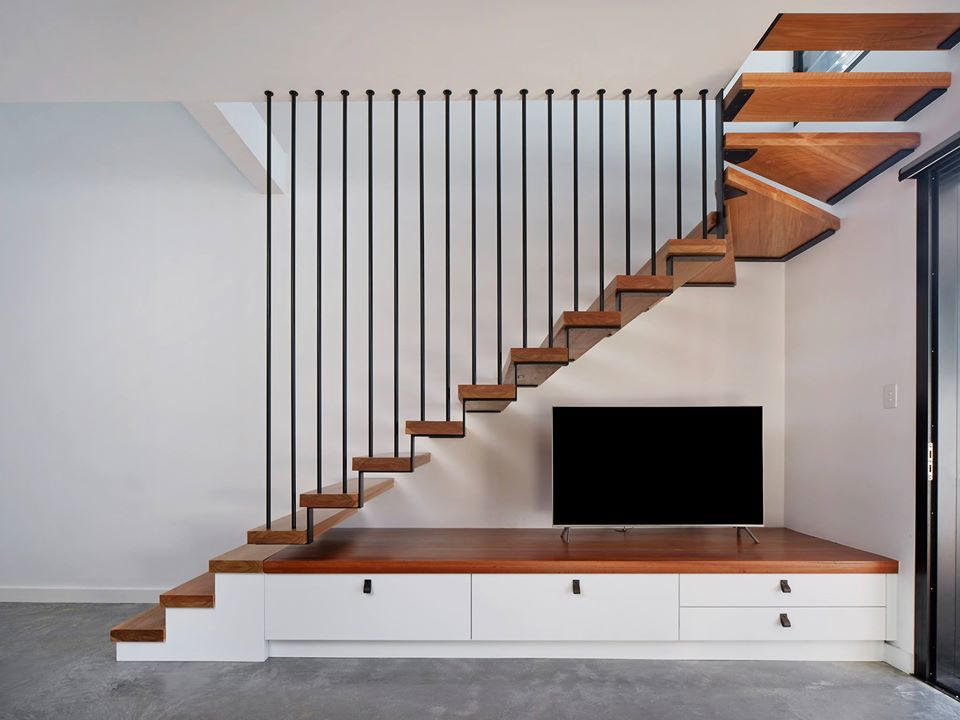Innovating Design Solutions for Modern Homes
Whether you’re designing your dream home from scratch or revamping existing spaces, the design process requires the delicate balance of imagination and practicality. This is where a good home designer can make the difference. With their expertise, industry insights and creative insights, they can transform your vision into a refined design that addresses aesthetics, functionality and structural integrity.
While most people enjoy sketching house plans and fondly remember their high school drafting classes, most aren’t prepared for the complexities involved in creating a well-designed home. Without professional support, self-design can result in a home that doesn’t achieve its full potential, and fails to meet local codes or optimize functionality.
As homeowners become more aware of the impact their homes and lifestyles have on the environment, sustainable design solutions are becoming increasingly important. For instance, using reclaimed materials can help reduce the amount of waste that goes to landfills and can also add character to a room. Similarly, choosing energy efficient appliances and lighting can have a positive impact on your client’s electric bill and the environment.
Another option is to use renewable energy sources such as solar panels https://theinscribermag.com/the-ultimate-guide-to-choosing-roller-blinds-in-calgary-alberta/ or wind turbines, which can power a home and provide energy security. Fortunately, many appliances and light bulbs now include their energy consumption and savings on the label, making it easy for you to offer your clients the best options.
In an ever-evolving world, the way we perceive and utilize our living spaces continues to undergo transformation. Design solutions for homes are not merely about aesthetics but also about functionality, sustainability, and adaptability. In this article, we explore some innovative design solutions that are shaping the future of modern homes.
One prominent trend in contemporary home design is the integration of smart technology. Smart homes are becoming increasingly popular, offering convenience, energy efficiency, and enhanced security. From automated lighting and climate control systems to voice-activated assistants, technology is revolutionizing how we interact with our living spaces. Designing homes with integrated smart features not only adds convenience but also improves the overall quality of life for inhabitants.
Another important aspect of modern home design is sustainability. With growing concerns about environmental impact, architects and designers are incorporating eco-friendly materials and practices into residential projects. From energy-efficient appliances to passive solar design principles, there is a growing emphasis on creating homes that minimize their carbon footprint. Additionally, features like rainwater harvesting systems and green roofs are becoming more common, allowing homeowners to reduce their reliance on traditional utility systems.
Flexibility and adaptability are also key considerations in contemporary home design. As lifestyles evolve and families change, homes need to be able to accommodate shifting needs. Flexible floor plans, modular furniture, and multipurpose spaces are all design solutions that allow for versatility in how a home is used. Whether it’s converting a home office into a guest bedroom or transforming a living room into a home theater, adaptable spaces provide homeowners with the freedom to customize their environment to suit their needs.
Furthermore, the concept of wellness-focused design is gaining traction in the realm of residential architecture. Designing homes that prioritize occupant health and well-being involves considerations such as access to natural light, indoor air quality, and connections to nature. Biophilic design principles, which incorporate elements of nature into the built environment, are increasingly being integrated into residential projects. Features like large windows, indoor gardens, and natural materials not only enhance the aesthetic appeal of a home but also contribute to the physical and mental well-being of its inhabitants.
In addition to these overarching trends, there are also specific design solutions aimed at addressing common challenges faced by homeowners. For example, in urban areas where space is limited, architects are exploring innovative solutions such as micro-apartments and compact living concepts. These designs maximize the use of available space while still providing comfortable and functional living environments.

